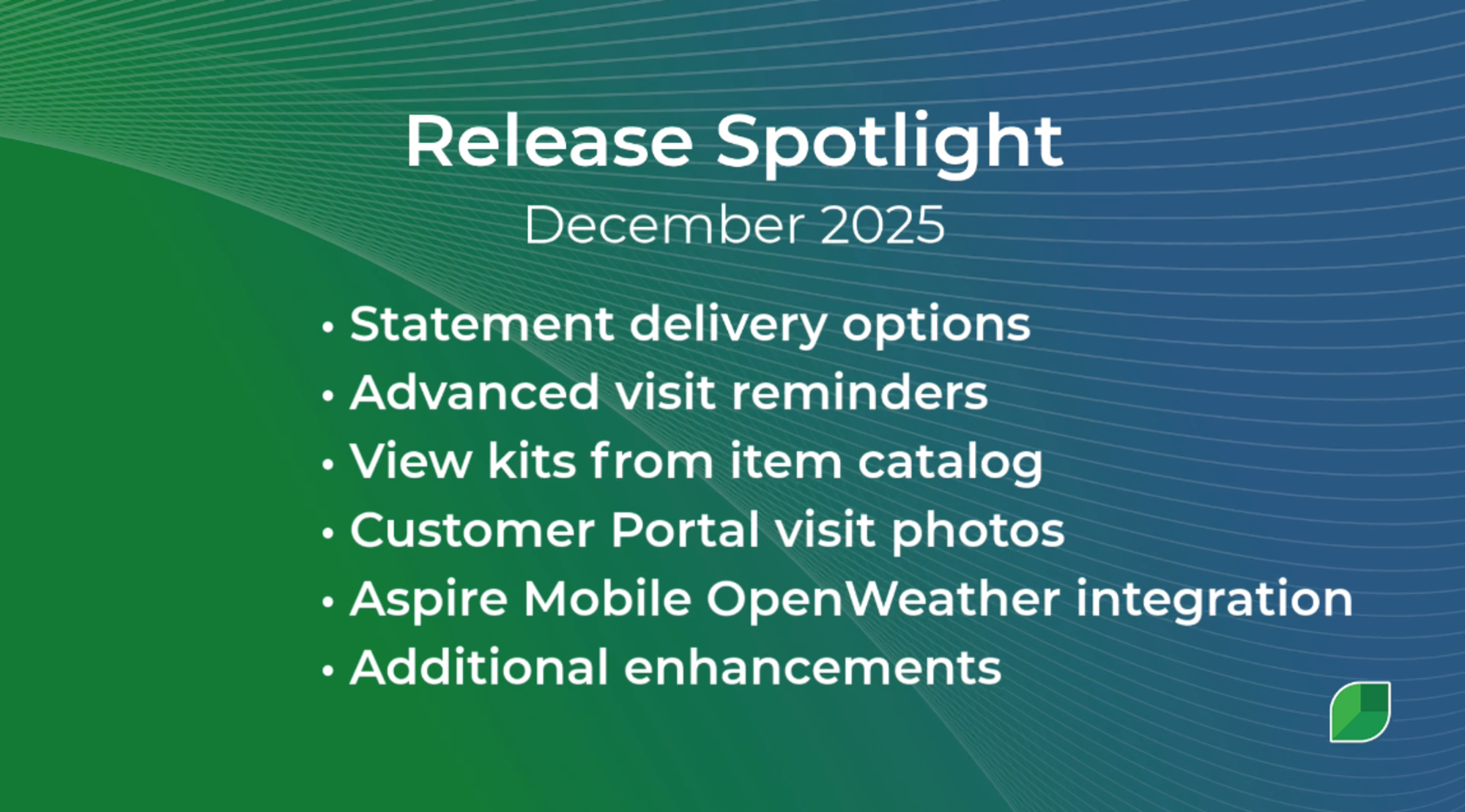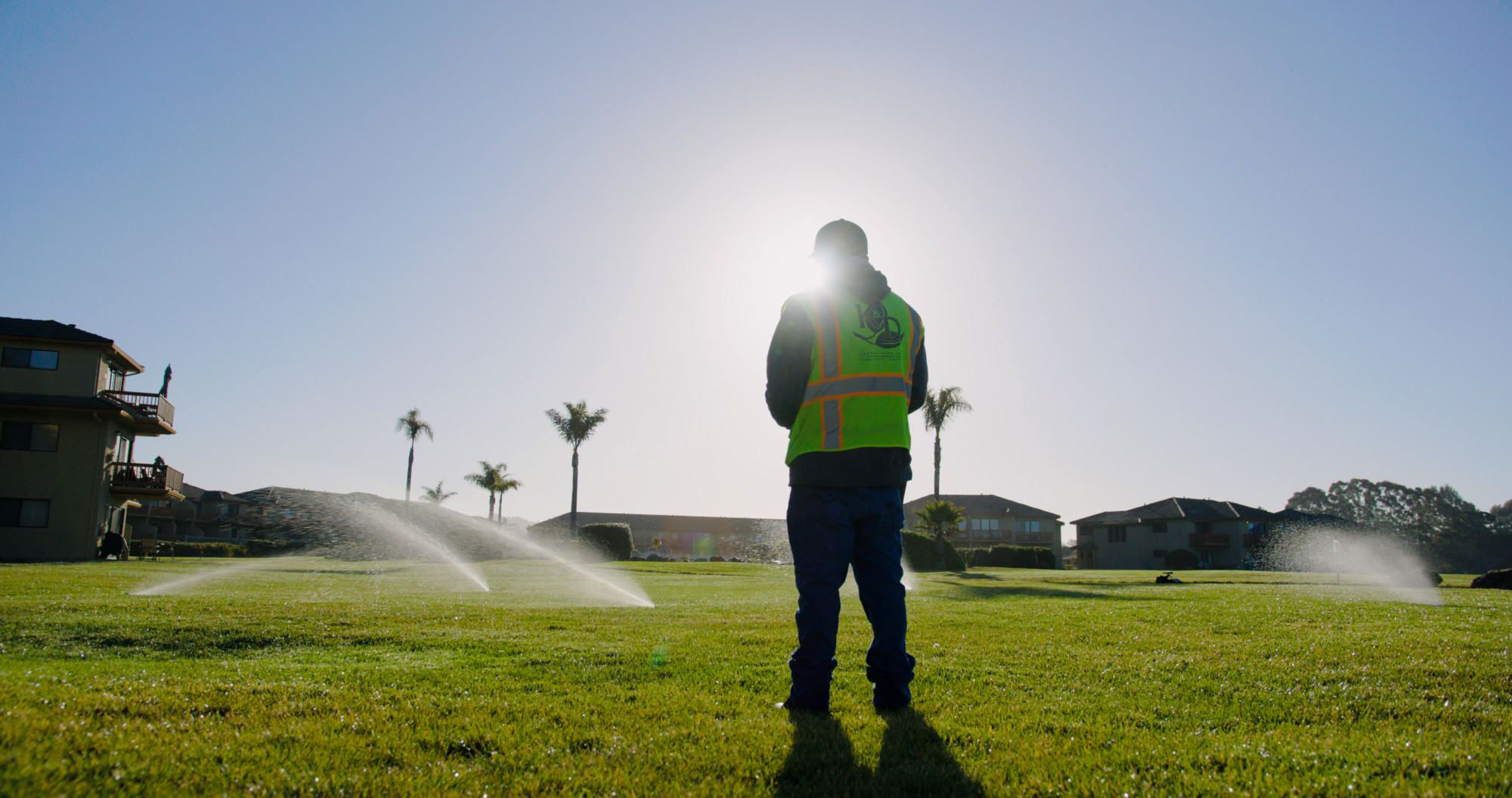Meaningful moments of discovery often come when something important has been hiding in plain sight. Across the cleaning industry, businesses that thrive aren't necessarily the ones with the fanciest equipment or the biggest marketing budgets. They're the ones who have taken the time to look inward, find their blind spots, and build systems that bring clarity where there was once confusion.
Steven Harper, the thoughtful and process-driven CEO of Spectrum Building Services of America, recently shared this insight:
"If you become a process-driven organization, you're going to outperform your peers. If you can consistently execute day in and day out, customers are willing to pay for that, and they'll stick with you."
His words resonate because they reflect a pattern seen time and again. The businesses that create meaningful, lasting relationships with clients aren't doing anything magical – they're simply showing up consistently, keeping their promises, and making it easy for clients to trust them.
Steven's company is preparing for 300% growth in just 120 days. Not because they slashed prices or launched some revolutionary service.
→ Because they built systems that allow them to deliver such reliable quality, existing clients are asking them to take on more work.
Even the most successful businesses have blind spots. While Steven's team found their path to growth, many cleaning companies still operate with hidden inefficiencies that silently limit their potential.
Ready to discover yours?
The following quiz illuminates overlooked corners of your operation because sometimes the most powerful improvements begin with the simplest revelations.
Where is Your Time Really Going? A Gentle Self-Assessment
Take a moment with each question. There are no wrong answers here – just opportunities to discover where you might reclaim lost time and energy.
Flow of Operations
When you compare your labor hours to what you budgeted, how easily can you see the full picture?
You can see this information in real-time, whenever needed
You can get this data, but it takes some effort or time
This information feels frustratingly out of reach until after payroll runs
How often do service complaints catch you by surprise?
Rarely – less than 5% of clients have issues in a typical month
Sometimes – between 5-15% of clients have concerns monthly
Frequently – more than 15% of clients raise issues (or you're not entirely sure how many)
When a client raises a concern, how does the resolution process feel?
Smooth and same-day, with everything documented in one place
Generally resolved within a couple of days
Often stretched out longer than desired, or missing documentation
Strength of Client Relationships
When you look at client retention over the past year, what story does it tell?
A story of stability – 90% or higher retention
A story with some chapters missing – 75-89% retention
A story that needs attention – below 75% (or one not fully tracked)
If someone on your team were asked about a client's service history, how would they find the answer?
They'd have the complete picture in one place, accessible to everyone
They'd piece together information from a few different places
They'd need to track down the right person who might remember
How do your clients know you've completed their service as promised?
They receive thoughtful documentation with images showing completed work
They may get some documentation, but it's not a consistent strength
They essentially have to take your word for it
Clarity Within Your Team
How do your team members know if they're meeting expectations?
Each person has clear metrics they can see daily on their own dashboard
Some roles have metrics, but not everyone has this clarity
Performance feedback tends to be more reactive than proactive
When one-on-one conversations are scheduled with team members, how often do they actually happen?
Almost always – 90% or more take place as planned
More often than not – about 60-89% happen
Less consistently than desired – fewer than 60% (or they aren't scheduled regularly)
When a new cleaning technique or procedure needs to be learned, how do you know who's ready?
Training is tracked systematically, with clear completion rates
There's some tracking, though it could be more consistent
Training completion often lives in managers' heads rather than in systems
Visibility of Finances
If you wanted to understand which clients or locations are most profitable, how would your day unfold?
This information would be at your fingertips within moments
You'd need to request reports and wait a few days
It would likely require significant detective work
When clients haven't paid on time, how quickly do you notice?
Very quickly – less than 10% of accounts receivable extend beyond 30 days
Eventually – about 10-25% extends beyond 30 days
Often after it's become a problem – more than 25% extends beyond 30 days (or you'd need to check)
How does your month-end financial close process feel?
Smooth and efficient – complete within 5 business days
Manageable but time-consuming – 5-10 business days
Like a recurring headache – more than 10 business days
Integration of Tools
When information needs to flow between your operations, HR, and finance systems, what happens?
It moves seamlessly between systems without manual intervention
Some information transfers automatically, but some requires manual steps
Most information needs to be manually moved from one system to another
How do your cleaning teams know exactly what needs to be done at each location?
They access detailed specifications through their phones and document completion with photos
They have some digital access, but still rely on some paper processes
They primarily use paper checklists or verbal instructions
When someone new joins your team, how long does it take before they exist in all your systems?
Just a couple of hours
Most of a workday
Multiple days of processing
What Your Answers Reveal
If you found yourself choosing mostly first answers, you've built something special—a business with the visibility and systems that make scaling not just possible but natural. Like Steven Harper's team at Spectrum, you've created the foundation for sustainable growth.
If you chose mostly second answers: You've got some solid practices in place, and some meaningful opportunities to reclaim lost time and energy. The good news? You're already aware of what needs attention.
If you chose mostly third answers: There are likely significant pockets of time and opportunity hiding in your daily operations. The better news? Every challenge identified represents potential waiting to be unlocked.
The Quiet Transformation at Spectrum Building Services
When Steven decided it was time for his cleaning business to grow, he recognized that the systems supporting his team would either limit or enable that growth. After transitioning from their outdated software to Aspire, his team experienced something remarkable – the feeling of finally being able to see clearly.
"This was one of the biggest selling points for my team," Steven shared with a smile. "When they saw the dashboard, they're like, 'You mean we can get this?'"
The impact rippled through the entire organization. Suddenly, everyone from leadership to frontline staff could see what mattered most—from broader metrics like client satisfaction and employee retention to the daily details of work tickets and labor hours.
Each leader gained access to a dashboard customized to what they needed to see, and every team member understood exactly what success looked like for their role.
This newfound clarity allowed Spectrum to:
Maintain their promise of quality while growing rapidly: "We want to make sure the thing that got you there, the thing that you stand for, you're actually able to do when you get more customers."
Transform client communication: "Every time we do something, we send out an email with pictures to the customer for proof of service. They're just blown away by it."
Make decisions based on reality, not guesswork: "In order to really do what we wanted to do, the quality of information was the most important thing."
Create a culture of shared accountability: "No one is off the hook. Every employee in our company has metrics that they're accountable for."
Respond to issues with empathy and speed: "People will forgive you for making mistakes or they'll forgive things happening, but what they won't forgive is feeling like you don't care or you're not following up or you're not responsive."
Your Path Forward
If today's reflection revealed areas where more clarity could benefit your business, consider these gentle next steps:
Take time to map your core processes – not as they exist on paper, but as they unfold each day
Identify the few numbers that truly matter – your North Star metrics that align with what you value most
Create simple playbooks that capture your best practices for the work that defines your service
Consider how your current tools help or hinder your ability to see what's happening in your business
Imagine what accountability would look like if everyone could clearly see how their work contributes
In cleaning businesses, as in life, the most meaningful growth often comes not from working harder, but from seeing more clearly.
As Steven wisely shared, "If you become a process-driven organization, you'll outperform your peers."
In an industry where relationships matter more than ever, operational clarity becomes your strongest advantage, not just for efficiency but also for creating the consistent experience that clients remember and recommend.







